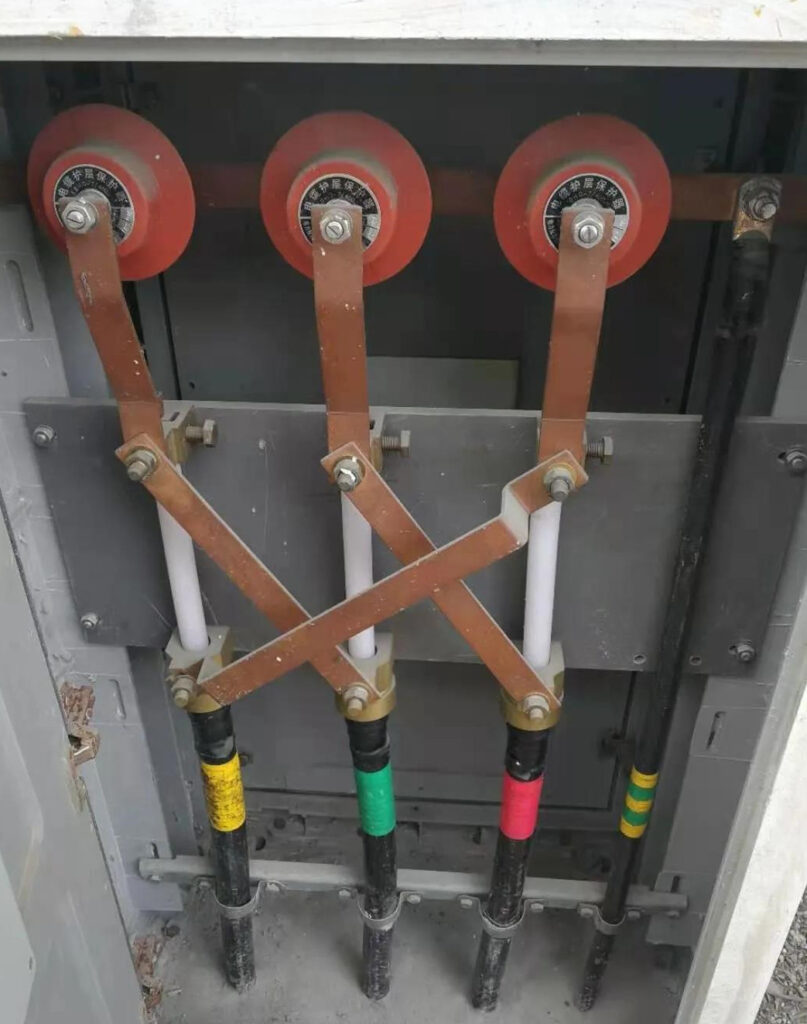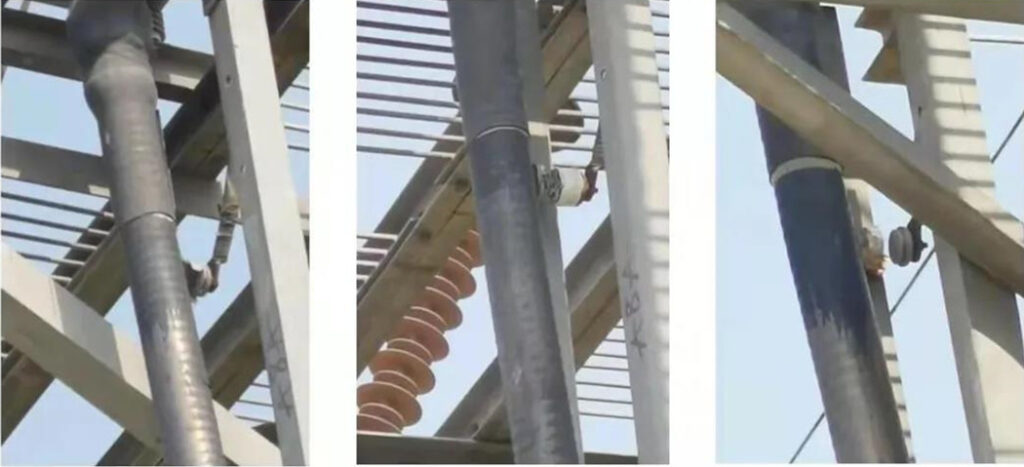In order to ensure that the sheath insulation will not be damaged under the action of lightning overvoltage and switching overvoltage, the sheath protector should be used. The ball gap protector was used in the early stage, but its disadvantage was that its surface was burnt by power frequency afterflow after each action. This type is not only heavy maintenance, but also unreliable. At present, zinc oxide, a non-linear resistor, is widely used in sheath protectors.
under normal operation, the current flowing through the sheath protector is microampere, so as to ensure the reliable operation of the AAC Cable.

Function of cable sheath Protector:
1. Limit the power frequency induced voltage in the metal sheath of ACSR Cable line.
In the normal working state of the cable line, the high-voltage cable sheath protector presents a high resistance state, which cuts off the power frequency induced current circuit in the cable metal sheath.
2. The power frequency and impulse overvoltage in the metal sheath of cable line can be reduced rapidly.
When grounding fault, lightning over-voltage or internal over-voltage occurs in the cable line, which leads to high over-voltage in the metal sheath, the sheath protector presents a low resistance conduction state, which makes the fault current quickly pour into the earth through the protector.

Selection of cable sheath Protector:
1. The residual voltage under the action of the possible maximum impulse current shall not be greater than the value of [impulse withstand voltage of cable sheath] – (37.5kv for 110kV cable) divided by 1.4 (included in the insulation coordination coefficient).
2. The possible maximum power frequency overvoltage shall be able to withstand without breakdown or damage under the action of 5S.
3. The protector shall not be damaged after 20 times cumulative action of the maximum possible impulse current.
Regular inspection and maintenance of cable sheath Protector:
Regularly measure the DC reference voltage of cable sheath protector at 1mA and the leakage current at 0.75 times of the reference voltage, especially after the system failure.
